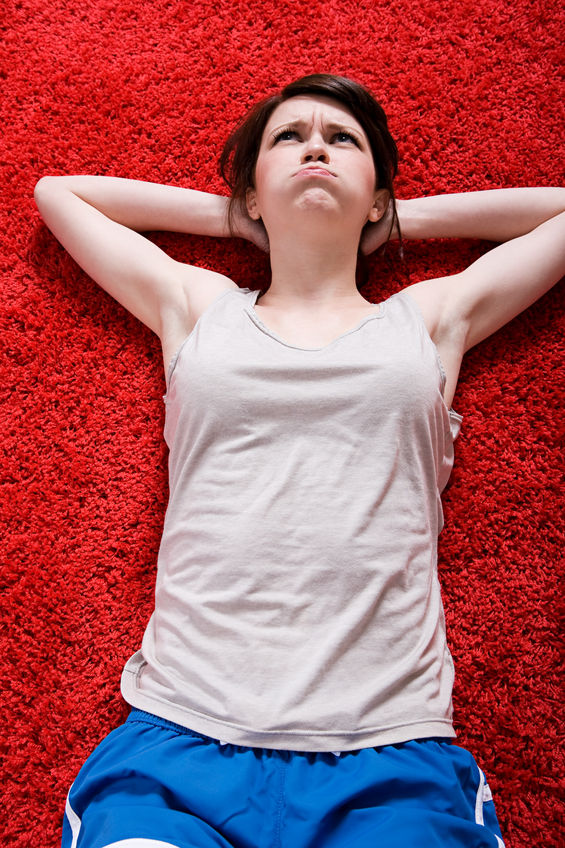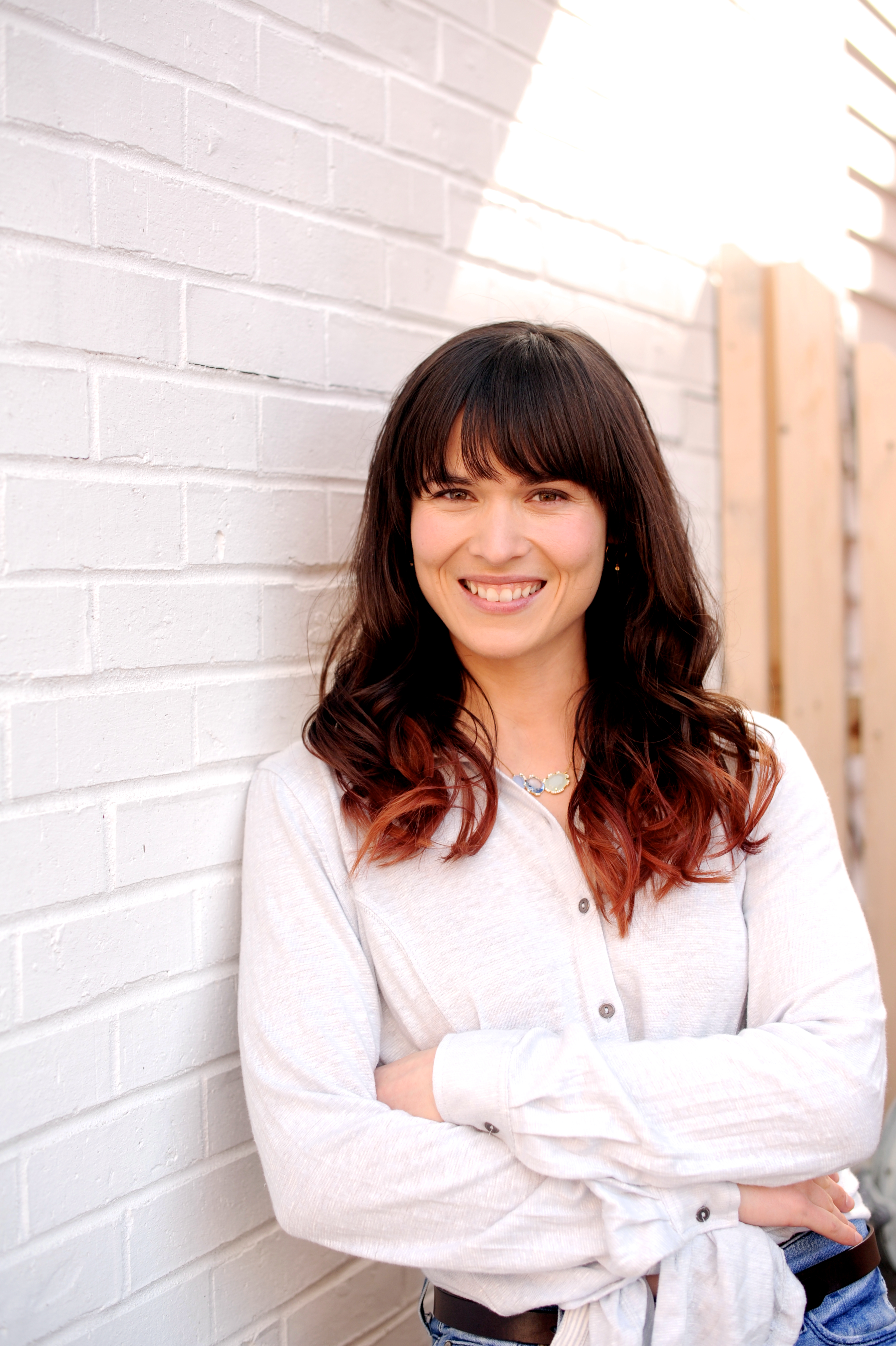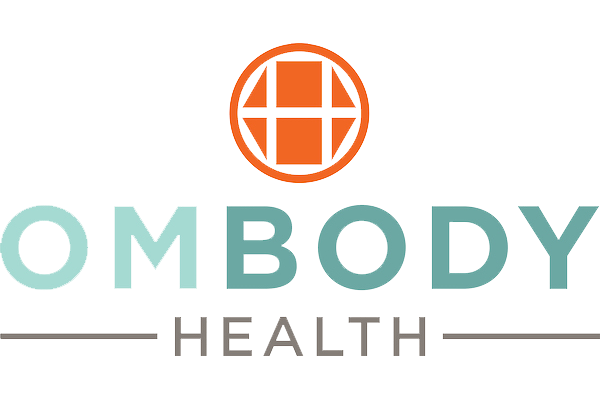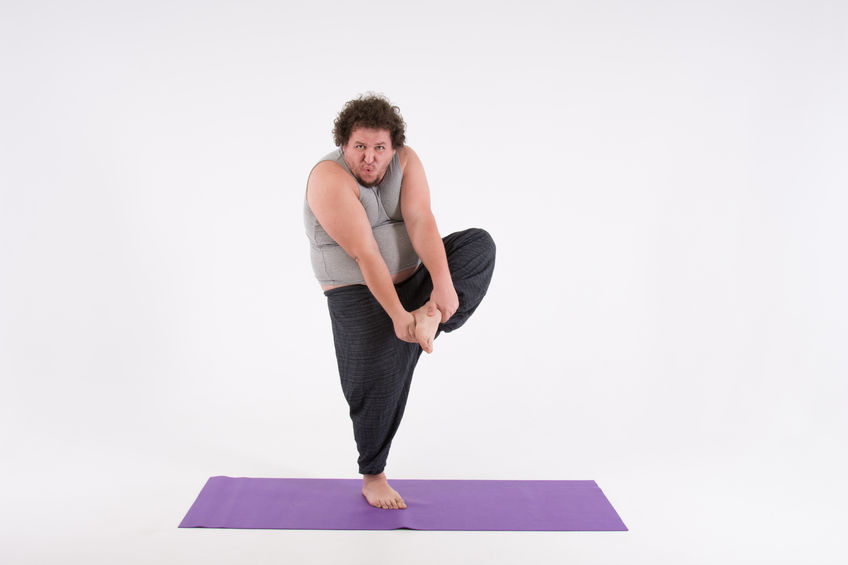
“I’m not flexible enough to do yoga.” Have you ever said or thought these words?
If so, you’re not alone. As a yoga teacher, I hear this all the time. Perceived lack of flexibility ranks as one of the top reasons that people cite for not doing yoga.
From the perspective of a teacher this seems ironic, because we know that flexibility is a product of yoga, not a prerequisite for it. To us, the idea of “not being flexible enough” for yoga sounds about as logical “the floors are too dirty to sweep” or “I’m too hungry to eat.”
Of course, we realize that the people voicing concerns about flexibility aren’t trying to be illogical. It’s more likely that they believe, without a doubt, that they won’t measure up to the physical ideal that yoga seems to throw at them.
The inhibition created by the “yoga body” image is real. Let’s face it: In the media and in real life, yoga culture appears to be centered around thin, mostly white, young-to-middle-aged women and a few men with just the “right” amount of muscle tone, and the ability to contort their limbs in ways that would make a rattlesnake jealous. To me, it comes as no surprise that for many people, a yoga class looks like it will be just another place to beat yourself up about the perceived inadequacies of your body.
Believe me, I hear that. Now more than ever, we see serious yoga enthusiasts showcasing the results of their practice on social media, in magazines, and elsewhere. Most of these people are dedicated practitioners or instructors who have worked extremely hard to achieve a certain level of acrobat-like physicality. Some are sponsored by clothing or lifestyle brands seeking to capitalize on the visual appeal of yoga photos and videos.
The media provides us a window to the awe-inspiring moments of yoga; deep backbends, lithe splits and one-armed handstands. We generally don’t get to see the first time any of these people attempted a split, or the times they spent 10 minutes in child’s pose on the living room floor, or the time they almost snapped their neck falling out of a head stand. The result is that we are duped into thinking that bendy, sleek, easy-breezy “yoga bodies” in advanced postures are the norm of the practice, and that anything different is not good enough.
Taking this into account, it is no wonder that people are hesitant to practice yoga in public, especially if they see themselves as unable or unwilling to measure up to the perceived ideals. In reality, the folks who think or say that they are “not flexible enough” for yoga aren’t avoiding yoga per se, but are actively avoiding yet another way of shaming themselves and confronting their flaws.
Although this apprehension is understandable, the fact can’t be ignored that yoga is still a worthwhile pursuit that has the potential to enhance your life in many ways. A consistent yoga practice, approached with a healthy mindset, is actually the perfect place to build the self-confidence and self-acceptance that your avoidance would suggest you are seeking. Plus, it will almost certainly become an indispensable tool for you in maintaining good physical and mental health. A rapidly growing body of scientific research suggests that yoga may be useful in managing a variety of medical conditions, from asthma to depression. The benefits are so widely accepted now that many physicians have begun recommending yoga classes to their patients.
The delicious fruits of the practice are waiting for you just beyond the hurdles of self-doubt and comparison. Will yoga increase your flexibility? It almost certainly will, along with strength, stamina, and breath control. However, the journey will probably feel like anything but a “bendy, sleek, easy-breezy” endeavor. The key is to realize that that’s ok. In fact, it’s preferable. By facing frustration and awkwardness on the mat, yoga empowers you to safely prepare yourself for life’s hurdles. It is a controlled space for practicing the skills necessary to cope with discomfort and change.
Are you ready to take the next step toward becoming an inflexible yogi? Let’s start by examining what’s needed to change the way we look at yoga.
In order to ultimately reap the all of the benefits of a yoga practice, it’s important to start with these two resolutions:
1. I will shift my mental and emotional attitude toward yoga.
2. I will realistically acknowledge my physical limits and use support.
Both of these things are completely within your power.
Shifting Your Attitude
Shifting your mindset starts with recognizing that you’re not avoiding yoga because you’re “not flexible.” You’re avoiding yoga because you don’t relish the idea of struggling through painful postures, wondering if you look like a fool, gazing at a roomful of contortionists with perfect bodies, all while feeling sure that the well-muscled, gorgeous teacher is giving you a grim side-eye. It is completely normal to feel this way. Who, in their right mind, would read that description and say “Sign me up!”?
Here’s the thing: virtually all experienced yogis are able to show up on their mat because they’ve chosen not to view their practice as primarily a way to embarrass themselves and highlight their shortcomings. Although self-doubt assails all yogis at times, they generally have a concept of the practice that includes a lot more than worrying about whether they are “good at” the physical postures.
Try this: see if you can change the way you talk to yourself about yoga. When you enter a class or get out your mat to practice, replace “how will I perform these physical postures today?” with, “how will these physical postures serve me today?”
It is worth noting that this may be a tough mental shift to make. If you’re inexperienced with yoga, then most likely, any of your previous experience with physical activity has been performance-based or competition-based. Team sports, individual sports, dance, weight lifting, and even recreational activities like hiking- in these pursuits, we’re taught to measure our success by external markers of improvement and performance (time, distance, aesthetics, etc.). In most other physical activities besides yoga, comparing yourself to others, or to your previous self, is viewed as a useful and necessary route to achievement. When you enter the world of yoga, the idea that comparison and competition are irrelevant can be slippery at best.
Don’t necessarily expect your mentality to shift overnight. Be patient with your busy mind. Each time you catch yourself having judgmental thoughts or feeling inadequate during practice, remind yourself that you are here to nourish and heal your body, not to perform. A new attitude will be the product of your conscious decision to choose new thoughts over the old ones on a regular basis.
Acknowledging Physical Limits & Using Support (a.k.a. props)
We all have physical limits. Watching some yogis perform physical feats, it may seem like they don’t. But, there’s a secret that most would-be yogis don’t know: the people who seem like they’re able to hold their advanced postures for days are usually especially good at recognizing their own physical limitations. Over a period of time, which can range from months to decades, they cultivate the ability (through trial and error) to take themselves to an “edge” where they feel that healthy change is happening, without pushing too far. They know that pushing too far hinders progress, causes pain, and may even lead to serious injury. Some of them have learned the hard way, but you don’t have to.
Each one of those advanced yogis started as a beginner. They were able to stick with it because they decided they were willing to humble themselves to the potential discomfort of feeling out of their element and “messing up.” Think of it like this: when you were a baby, you had no idea how to use your legs or feet. If you had tried to skip the years of unsteady waddling and toppling, and instead decided to try skateboarding first, it would have been a disaster. Likewise, if you’re not willing to be realistic with yourself about your physical limits in yoga poses, you’ll probably be in for a miserable experience.
If you’re new to yoga, and/or especially if you consider yourself to be “inflexible,” I highly encourage you to use some form of support along your journey through the poses – a.k.a yoga props, such as blocks, straps, and bolsters.
I have noticed that this seems to be an unpopular recommendation with new students. I can’t count the number of times I’ve seen students struggling through yoga poses while a block or a strap rests on the floor next to them. Instead of taking a moment to reach for the prop (despite my suggestions), they continue to struggle. The problem with this is that it reinforces inefficient body alignment and painful habits that won’t change if your muscles are all stiff and tense from struggling.
Somewhere along the way, many people have become convinced that using props is a bad thing. It could arise from the desire to emulate other yogis, whom you’ve seen in class or in the media, demonstrating without props. It could be the self-sacrificing spirit that sometimes arises in yoga classes (“All yoga poses are painful, I just have to endure it”). It could also simply stem from the fraught concept of “needing help,” which some of us are loathe to admit ever in life, never mind in yoga class.
The truth is that using props is a strategic choice which will help to deepen your practice more quickly and safely than struggling without them. Most yoga teachers will specify how to use props in a particular pose. If they don’t, ask them after class. Most instructors will be ecstatic that you asked. Do it even if no one else in the class is using a prop. Try not to make up stories in your head about why other people aren’t using them. Maybe they genuinely don’t need or want them, maybe they’re not sure how to use them and feel too shy to ask, or maybe they’re too stubborn to employ “help” because it will trigger feelings of inadequacy. Whatever the case, don’t worry about them. You’ll get much more out of your practice if you use some support.
When you feel like something just isn’t right in a pose, be curious about how you could make adjustments to suit your needs. Yoga is about learning to listen to your body. Teachers say this all the time, but it can take a while for many of us to actually figure out what this means. My best advice is not to overthink it. Your body is innately wise, it knows the difference between productive and destructive discomfort. Allow yourself time to become familiar with, and learn to trust, your body’s signals.
Yoga is also about learning to unlock an equilibrium (sense of balance) within yourself which previously felt inaccessible. The sense of balance isn’t achieved by focusing on the external experience of how you compare or relate to others, but by paying close attention to the internal experience that you’re having. Yes, at first you’ll have to watch external cues, like what the teacher and others are doing. Yes, you’ll probably fall out of balancing poses and wobble in lunges, and have to remind yourself to breathe.
Learning to tune into to your internal experience during yoga will be a process that takes focus. It’s less important that you follow every physical cue perfectly, and more important that you remain open to adapting the poses to your needs in the moment. Practice reminding yourself that the process of discovery is success in and of itself.
This will sometimes be easy to accept, and sometimes difficult. If you consistently practice postures, you will experience breakthroughs, or times when you find yourself suddenly able to control your body at a level which you previously couldn’t. There will also almost certainly be times when you “lose” a pose; suddenly finding yourself unable to achieve some feat of flexibility or strength which, just the week before, you soared through with a serene look on your face. All of this will be part of the process, and it is through this process that yoga has the potential to impart lessons about mental, emotional, and physical resilience.
Above All
Be nice to yourself. Your body is a complex and marvelous bio-machine. Try to cultivate an attitude of compassion and genuine respect toward it. Work with, instead of against your body, because ultimately you’re on the same team. If you can keep reminding yourself that all of the ups and downs are necessary, and even desirable in yoga, you will be well on your way toward freeing yourself from the mindset of comparison and competition.
 About the Author
About the Author
Julia Workman, CYT
Julia is an experienced yogi, athlete and dancer with a holistic approach to wellness. As the Fitness Program Director for OmBody Health, she designs and implements yoga and fitness programs for our corporate clients. She also teaches powerful workshops for guiding busy people toward healthier work/life integration.


Comments
2 responses to “Yoga for the Inflexible”
Nice post..
I love this article, its really looking useful to us.
You can also used fruit stress balls after yoga, it make your day full of relax.
Nice post..